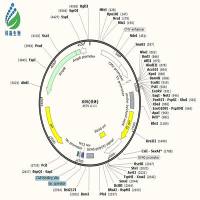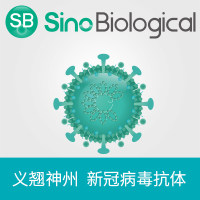Application of Optical Biosensor Techniques to the Characterization of PorA-Antibody Binding Kinetics
互联网
680
The design of novel vaccines and strategies to combat infectious disease requires an understanding of the interactions between pathogen and host. Biological interactions in vivo often rely on specific recognition mechanisms that begin with a binding step. The development of biosensor technology has allowed the real-time measurement of the binding characteristics of biomolecules and provides a powerful new tool for the analysis of molecular recognition. An optical biosensor comprises a detector linked to an optical transducer that generates a measurable signal from a biological interaction occurring at the detector surface. Evanescent optical biosensors have been available since the late 1980s, the most commonly known commercial systems being IAsys (which uses the resonant mirror sensor) (1 ,2 ) and BIAcore (which employs the optical phenomenon of surface plasmon resonance) (3 ). There is a multitude of different applications of biosensor technology including measurement of concentration, kinetic analysis, structural studies, fermentation monitoring, receptor-cell interactions, and equilibrium analysis. The most widespread applications have been to protein-protein interactions, in particular receptor-ligand and antibody-antigen binding. More recent studies have been extended to protein-carbohydrate, DNA-DNA, and DNA-RNA interactions. Examples of the diverse uses of biosensors are found in the field of meningococcal research such as in the study of transferrin binding proteins (4 ,5 ), lipo-oligosaccharide (LOS)-antibody interactions (6 ) and serum responses to experimental vaccines (7 ).









